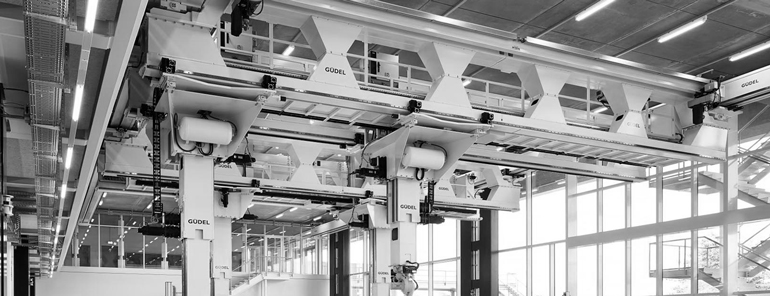Intersections and mutations
in the relationship between architecture and technology

Intersections and mutations in the relationship between architecture and technology
The first conference initiative promoted by the Art Tech, the congress intends to offer scholars and operators in the sector an opportunity for broad and articulated reflection on the ways in which the relationship between architecture and technology is expressed and on the related cultural and operational implications ; a reflection based on research, direct experiences in the field, results of design and construction experiments, to be expressed in general critical terms.
The theme of the “intersection” refers to the complex relationships that bind together the researches that deal with technology in terms of design and construction in the fields of engineering and architecture, as well as the links of such research with cultural and operational areas neighbors (structures, energy and systems, technology of materials, architectural composition, history of architecture, etc.), opening up to interactions with the world of industrial production, construction entrepreneurship, professions.
The knowledge typical of the various areas is to be understood both in a strictly scientific (research) and operational (training, exercise of the profession) sense. It is therefore a question of investigating the set of links that interconnect the various disciplinary fields and, at the same time, the areas of overlap between specific contents, as they have historically been determined, having as a term of comparison the current reality of internal research and outside the university, the training of operators in any case engaged in the construction process, as well as the professional activity actually exercised.
The theme of “intersection” is almost inevitably associated with that of “mutation”, understood as a dynamic change which, over time, has been determined specifically in the individual areas, in the individual knowledge, both for the relationships within the the academic world, both for the contacts and useful “contaminations” that this world maintains and creates with operators in the construction sector.
Within the “intersections and mutations” thus outlined, the following thematic paths have been identified which correspond to as many work sessions:
1. Relationship between project and building process. The dialectical relationship that links the planning phase to the organization (phases, operators, procedures, etc.) of the building process is placed in this context. In this regard, the consolidated cultural position assumes particular evidence that considers the planning phase always connected with the contextualization of the process’s implementation methods, and never as a set of autonomous acts and decisions closed in a self-referential type system.
2. Relationship between design and construction. The design process that involves construction, in which the creative act is dialectically connected to building, and therefore to materials and techniques, is the field of interest of scholars and operators who intervene in the construction process, for methodological contributions. and critical reflection, based on operational research, experiences and applications in the field. At a time when, with a certain difficulty, the professional figures of engineers and architects are being redefined, reflecting on the figure of a designer attentive to construction takes on particular interest.
3. Relationship between languages and materials of architecture. It involves critically analyzing in what ways and at what levels the production of industrial building components and systems affects the architectural design, construction and, ultimately, the overall formal meaning of the works. The architectural language-industrial production relationship naturally becomes clearer in cases where technological innovation, or even technology transfer, coming from industry, can guide / condition the identification of the significant formal elements of architecture.
4. Relationship between project, history and environmental context. The building process must be viewed in a design perspective also with reference to the role of techniques in the architectural work. The reading of the built context and the environment is inextricably linked to the design synthesis and therefore, in this sense, is itself characterized by a design intention. Certainly a significant element in this area is the interscalarity of environmental contexts, to which the set of design and construction acts typical of our “profession” relate.
5. Round table on “The training of technical professionals for architecture. Evolving scenarios and new objectives “. The professional training, including post-graduate training, of designers, builders and those who are involved in the management of the building process, taking into account the thematic areas indicated above, must be placed in relation to the didactic systems and the prospects for change and development of the same, in a general framework in which graduates and specialist graduates from the fields of engineering, architecture and the territory are placed. Therefore, part of this session is the presentation of the teaching methodologies, the training procedures adopted in the various locations, the results achieved.
First Annual Congress held in Rome from 03/12/2004 to 04/12/2004
Contacts
Association Ar.Tec.c/o Department of Architecture and Urban Planning for Engineering
University of Rome “La Sapienza”
Via Eudossiana, 18
00184 Roma
Tel. 06 445 85 187
Fax 06 445 85 186
[email protected]
































































